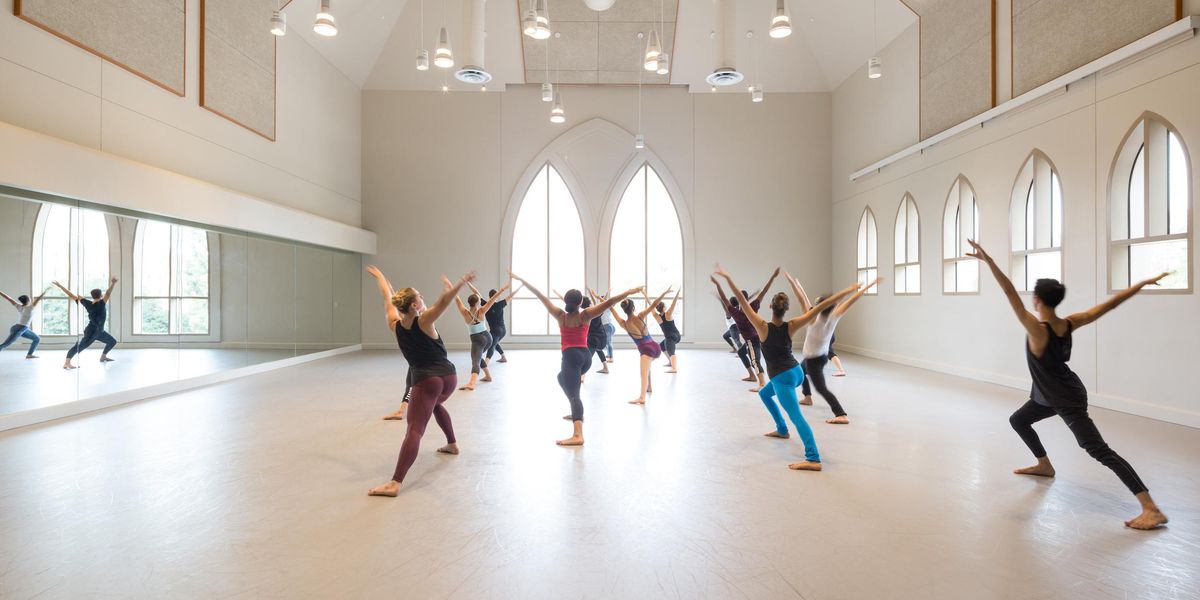Take 5 for Your Career: Market Yourself
Five ways to put your best foot forward
To help you navigate a challenging job market,
Dance Magazine presents a new column, “Take 5 for Your Career.” Each month we’ll speak to professionals who share their advice for ways to get ahead outside of the studio.
It’s no surprise that landing a job often requires more than strong technique. But preparing a resumé or building a website can be daunting if you’re more right brain than left. The first step, however, is knowing your specific job target—whether it’s a role on Broadway or a spot in a hot contemporary company—and creating a strong marketing package. And remember: Each element should support the others and align with your goal.
1. Be resumé-ready.
Have this one- to two-page document up-to-date with your accomplishments, abilities, and training. Include your name and contact information at the top, and use headings to organize the rest. (Consider listing your height, weight, and hair and eye color for more commercial ventures.) End with the phrase “references available upon request.” Take time to proofread, and save the file as a PDF—it will retain the formatting, regardless of the computer that opens it.
Remember:
“You are your own PR agent,” says freelance dancer Kylie Shea Lewallen, who’s performed with Seattle-based companies Spectrum Dance Theater and Whim W’Him. She recommends including a note to acknowledge the person or organization you are approaching. Avoid the inclination to just attach and send.
2. Have current headshots and full-body shots in print and digital format.
Keep in mind that the best dance shots show you in the style of the job for which you’re auditioning. You’ll want a selection to choose from, all with light backgrounds that show your full body and face. Go for natural headshots in color, and look confident.
Get high-resolution (300 dpi) images, which are necessary for press kits and print media. Keep in mind that a high-res image can always be converted to a lower resolution for online usage, but it doesn’t work the other way around.
Remember:
There’s an art to getting crystal-clear action shots, so hire a professional photographer who is versed in the latest technology. It can get pricey, but Kit McDaniel, a freelance dancer and marketing consultant with Keigwin + Company, says to look for a photographer who is trying to beef up her portfolio. “Try to find an exchange,” she says. You’ll get quality images, and she can use the photographs to bolster her website.
3. Show your technique with a dance reel.
Consider uploading the clips to a video-sharing site that’s password protected, like Vimeo.com. Although this may prevent a potential employer from fortuitously stumbling upon your video, it’s less likely that you’ll be required to remove your reel if you don’t have the rights to the music. (Note that this is not a guarantee, and you should always obtain the rights to use a piece of music from the publisher.)
Remember:
Keep your reel brief, roughly two to three minutes. If it’s for your own work, choreographer Mark Haim says that he has a longer, master reel that he edits and cuts from, depending on the excerpts that he wants to submit. How to choose? “Many granting organizations only want to see work done in the past three to five years,” he says. “Otherwise, you just want to show what you feel is your best work.”
4. Create a personal, professional website.
Include your contact information, a photo and video gallery, your biography and resumé, a performance or teaching schedule, and any positive reviews you’ve received. You may want to enlist the help of a designer, though there are many user-friendly DIY sites that let you choose the template, like WordPress, Squarespace, and Wix.
Remember:
Lewallen says that having a website makes it easy to show potential employers her qualifications in one place. She updates it regularly. “People have contacted me through my website,” she says. “I’ve booked photo shoots, dance films, and music videos through it.”
5. Network offline as well as on the web.
It’s crucial to maintain a good relationship with directors, teachers, choreographers, and fellow dancers, because you never know who will be looking for dancers. McDaniel estimates that about 75 percent of her work comes from word of mouth. This year, for instance, she toured with New York City–based choreographer Esme Boyce. “Esme was in need of another female dancer,” McDaniel says, “and a mutual friend suggested my name.” A rehearsal solidified the initial recommendation.
Remember:
Your online network is your living resumé, says Zachary Whittenburg, a former dancer and Hubbard Street Dance Chicago’s communications manager. “If you’re proactive in shaping yourself in public spaces, it can put you closer to where you want to be. But be aware of what is attached to your name.” In short: They’re Googling you.
Leslie Holleran is a freelance writer based in Seattle.
Photos, clockwise: Kylie Shea Photography, Courtesy Lewallen; Quinn B Wharton, Courtesy Whittenburg; Valerie Noell, Courtesy McDaniel; Jim Kent, Courtesy Velocity Dance Center




